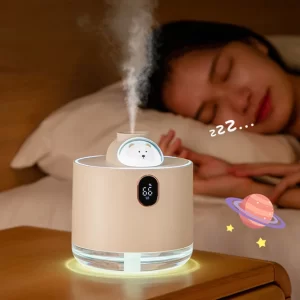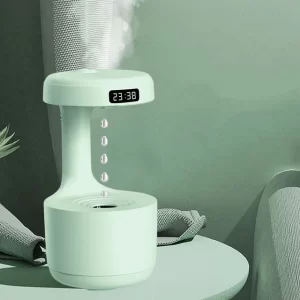How long should you run a humidifier in a bedroom?
Introduction
Humidifiers are valuable appliances that can improve indoor air quality and enhance comfort in dry environments. However, knowing how long to operate a humidifier in a bedroom is essential to maintain healthy humidity levels without creating excessive moisture or potential risks. In this comprehensive guide, we will explore the factors that influence the runtime of a bedroom humidifier. By considering room size, desired humidity levels, and specific conditions, you can determine the optimal operating duration for your humidifier to maximize its benefits while ensuring a safe and comfortable environment.

How long should you run a humidifier in a bedroom?
I. Understanding Humidity Levels
-
Ideal Humidity Range:
- The ideal humidity range in a home is generally considered to be between 30% and 50%. This range promotes comfort, reduces dryness, and helps prevent issues such as dry skin, allergies, and static electricity.
-
Hygrometer Usage:
- To accurately monitor humidity levels, use a hygrometer, a device specifically designed for measuring relative humidity. Place the hygrometer in the bedroom to establish a baseline and determine if a humidifier is necessary.
-
Local Climate Considerations:
- The appropriate humidity level may vary depending on the climate and personal preferences. For example, humidifier runtimes might differ in dry desert regions compared to more humid coastal areas.
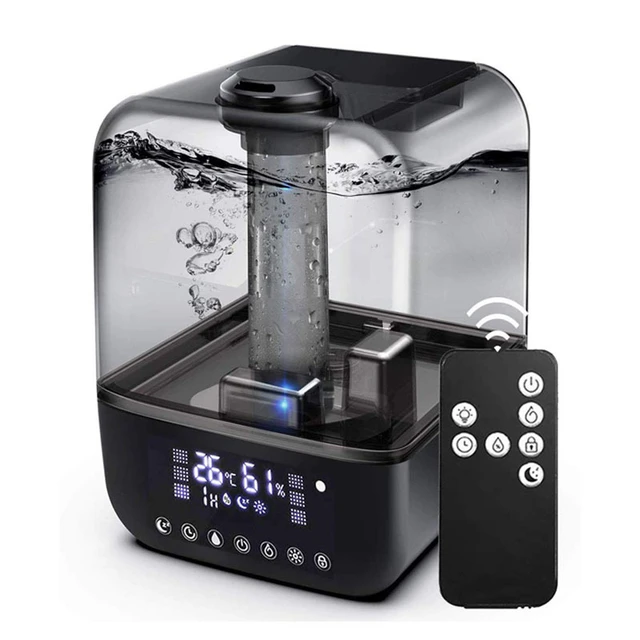
II. Assessing Room Size and Humidifier Capacity
-
Room Size:
- The size of the bedroom plays a significant role in determining the appropriate runtime for a humidifier. Larger rooms will require a longer runtime to effectively increase humidity levels compared to smaller spaces.
-
Humidifier Capacity:
- Humidifiers have a specified capacity, usually measured in gallons or liters per day. Consider the capacity of the humidifier relative to the size of the bedroom. A larger capacity humidifier might reach the desired humidity level more efficiently and require less frequent operation.
III. Desired Humidity Level and Time of Day
-
Personal Preference:
- Individual preference for humidity levels can vary. Some people prefer a slightly higher humidity for added comfort, while others might prefer it on the lower end of the recommended range. Find the humidity level that feels most comfortable to you.
-
Time of Year and Climate:
- Humidity requirements can also change depending on the season and climate. For example, during the winter months when the air is drier, you might need a higher humidity level in the bedroom compared to summer when outdoor humidity is naturally higher.
-
Nighttime Operation:
- Running a humidifier at night can be beneficial for bedrooms, as it provides continuous moisture and comfort while you sleep. Depending on personal preferences and the desired humidity level, adjusting the humidifier runtime overnight may be necessary.
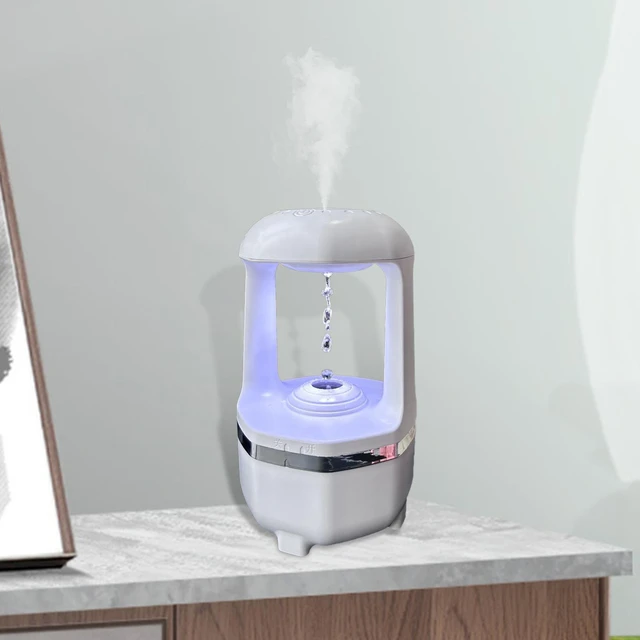
IV. Monitoring Humidity Levels and Adjustments
-
Use a Hygrometer:
- Place a hygrometer in the bedroom to regularly monitor humidity levels. This device will help you determine when to turn on or off the humidifier based on whether the humidity falls outside the desired range.
-
Adjusting Runtime:
- Observe the impact of the humidifier runtime on the humidity levels in the bedroom. If the humidity exceeds the desired range, reduce the runtime or adjust the humidistat settings on the humidifier.
-
Regular Maintenance:
- Regularly clean and maintain your humidifier to ensure its optimal operation and prevent the growth of mold or bacteria. Following the manufacturer’s instructions for maintenance is crucial to maintain a safe and healthy environment.
V. Factors Affecting Humidifier Runtime
-
Initial Humidity Level:
- The initial humidity level within a bedroom can influence the runtime of a humidifier. If the room is already at a satisfactory humidity level, the runtime required for the humidifier will be shorter.
-
Ventilation and Airflow:
- Proper airflow and ventilation within the bedroom can affect how efficiently the humidifier operates. Well-ventilated rooms might require less runtime, while poorly ventilated rooms may benefit from longer operation.
-
Humidifier Output Settings:
- The output setting on the humidifier, which translates to the amount of moisture it disperses into the air, can impact the runtime. Higher output levels will introduce moisture more quickly but may require shorter runtimes than lower output levels.
VI. Health and Safety Considerations
-
Risk of Over-Humidification:
- Excessive moisture in the bedroom can lead to unwanted issues such as condensation, mold growth, and respiratory discomfort. Be cautious not to over-humidify the room by running the humidifier excessively.
-
Monitoring Signs of Over-Humidification:
- Regularly monitor the bedroom for signs of excess humidity, such as condensation on windows, dampness on surfaces, or a musty odor. These signs indicate too much moisture and may require adjusting the humidifier runtime accordingly.
-
Allergies and Respiratory Conditions:
- Individuals with allergies or respiratory conditions should consult with their healthcare provider regarding the appropriate humidity levels for their specific needs. In some cases, a humidifier may exacerbate symptoms, and adjustments to the runtime might be necessary.
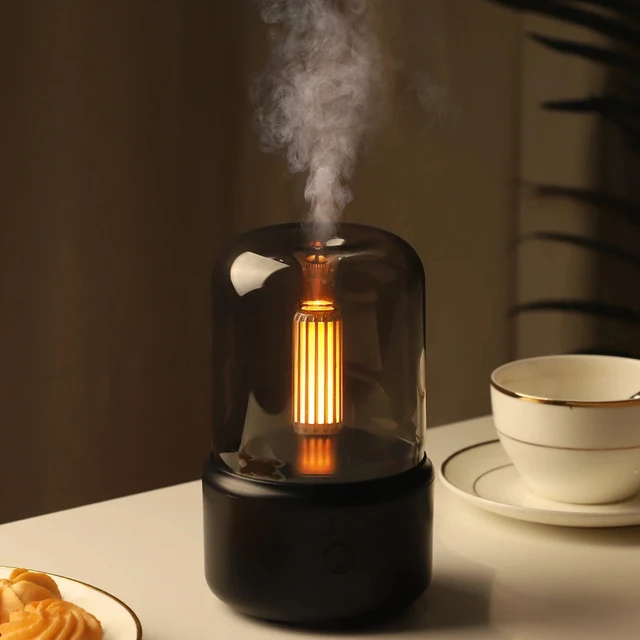
VIII. Additional Tips for Humidifier Usage in the Bedroom
-
Placement of the Humidifier:
- Position the humidifier in a central location in the bedroom to ensure even distribution of moisture throughout the space. Avoid placing it directly next to walls, furniture, or other objects that may hinder proper airflow.
-
Cleaning and Maintenance:
- Regularly clean and maintain your humidifier to prevent the buildup of bacteria, mold, and mineral deposits. Follow the manufacturer’s instructions for cleaning and replacing filters, ensuring that the humidifier operates efficiently and safely.
-
Use Distilled or Demineralized Water:
- To minimize the accumulation of mineral deposits in the humidifier and reduce the release of white dust, use distilled or demineralized water instead of tap water. This will help maintain the longevity and performance of the humidifier.
-
Humidifier Noise:
- Consider the noise level of the humidifier when deciding on the runtime, especially if noise sensitivity is a concern. Many modern humidifiers are designed with quiet operation, allowing for uninterrupted sleep and restful nights.
-
Seasonal Adjustments:
- Adjust the humidifier runtime as needed based on changes in outdoor humidity levels. For example, during the warmer months when outdoor humidity is higher, you may need to reduce the runtime to avoid excessive moisture in the bedroom.
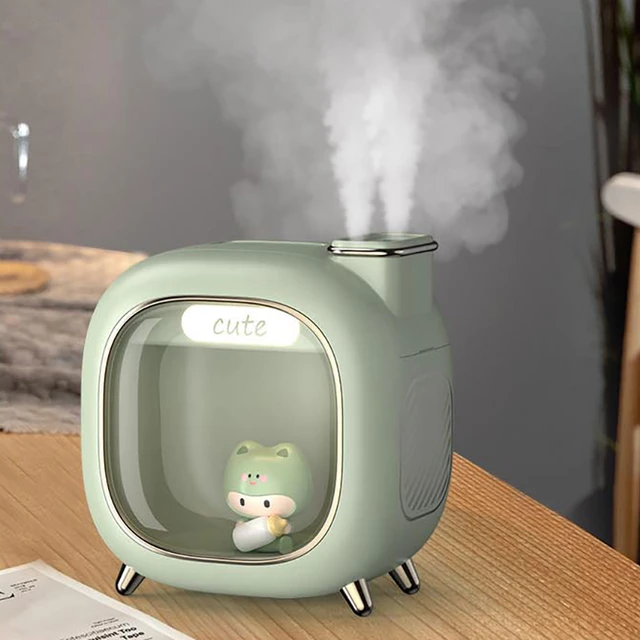
VII. Conclusion: Finding the Right Balance
Determining the appropriate runtime for a humidifier in a bedroom is a meticulous process guided by various factors. Consider the size of the room, desired humidity levels, time of day, local climate, personal preferences, and health factors to strike the right balance in maintaining a comfortable and healthy environment.
Regularly monitor humidity levels using a hygrometer, making adjustments to the runtime and output settings as necessary to achieve the desired humidity range. Remember to consider health and safety considerations to avoid over-humidification and potential issues associated with excessive moisture.
By carefully assessing and adjusting these factors, you can optimize the runtime of your humidifier in the bedroom, enhancing comfort and promoting a healthier living environment. Ensure regular maintenance of the humidifier to ensure its efficient operation and enjoy the benefits of optimal humidity levels throughout the year.
